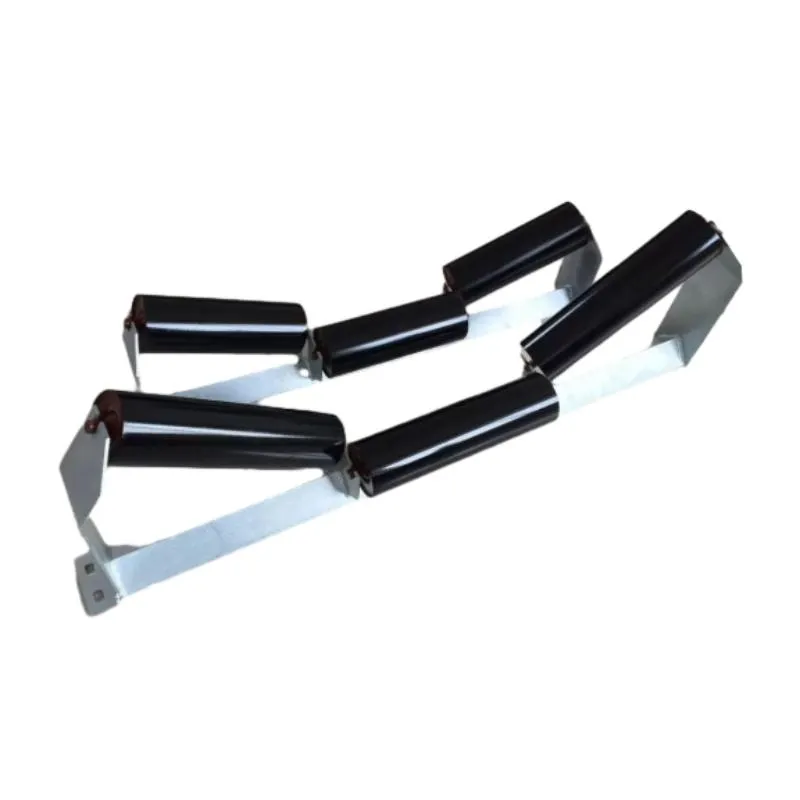 Afrikaans
Afrikaans  Albanian
Albanian  Amharic
Amharic  Arabic
Arabic  Armenian
Armenian  Azerbaijani
Azerbaijani  Basque
Basque  Belarusian
Belarusian  Bengali
Bengali  Bosnian
Bosnian  Bulgarian
Bulgarian  Catalan
Catalan  Cebuano
Cebuano  Corsican
Corsican  Croatian
Croatian  Czech
Czech  Danish
Danish  Dutch
Dutch  English
English  Esperanto
Esperanto  Estonian
Estonian  Finnish
Finnish  French
French  Frisian
Frisian  Galician
Galician  Georgian
Georgian  German
German  Greek
Greek  Gujarati
Gujarati  Haitian Creole
Haitian Creole  hausa
hausa  hawaiian
hawaiian  Hebrew
Hebrew  Hindi
Hindi  Miao
Miao  Hungarian
Hungarian  Icelandic
Icelandic  igbo
igbo  Indonesian
Indonesian  irish
irish  Italian
Italian  Japanese
Japanese  Javanese
Javanese  Kannada
Kannada  kazakh
kazakh  Khmer
Khmer  Rwandese
Rwandese  Korean
Korean  Kurdish
Kurdish  Kyrgyz
Kyrgyz  Lao
Lao  Latin
Latin  Latvian
Latvian  Lithuanian
Lithuanian  Luxembourgish
Luxembourgish  Macedonian
Macedonian  Malgashi
Malgashi  Malay
Malay  Malayalam
Malayalam  Maltese
Maltese  Maori
Maori  Marathi
Marathi  Mongolian
Mongolian  Myanmar
Myanmar  Nepali
Nepali  Norwegian
Norwegian  Norwegian
Norwegian  Occitan
Occitan  Pashto
Pashto  Persian
Persian  Polish
Polish  Portuguese
Portuguese  Punjabi
Punjabi  Romanian
Romanian  Russian
Russian  Samoan
Samoan  Scottish Gaelic
Scottish Gaelic  Serbian
Serbian  Sesotho
Sesotho  Shona
Shona  Sindhi
Sindhi  Sinhala
Sinhala  Slovak
Slovak  Slovenian
Slovenian  Somali
Somali  Spanish
Spanish  Sundanese
Sundanese  Swahili
Swahili  Swedish
Swedish  Tagalog
Tagalog  Tajik
Tajik  Tamil
Tamil  Tatar
Tatar  Telugu
Telugu  Thai
Thai  Turkish
Turkish  Turkmen
Turkmen  Ukrainian
Ukrainian  Urdu
Urdu  Uighur
Uighur  Uzbek
Uzbek  Vietnamese
Vietnamese  Welsh
Welsh  Bantu
Bantu  Yiddish
Yiddish  Yoruba
Yoruba  Zulu
Zulu Different Types of Conveyor Belt Rollers and Their Applications in Industrial Settings
Conveyor Belt Roller Types An Overview
Conveyor belt systems are integral to modern manufacturing and logistics operations. They facilitate the efficient movement of materials, reducing labor costs and improving productivity. One critical component of any conveyor belt system is the roller. The type of roller used can significantly affect the system's performance, durability, and maintenance. Understanding the various types of conveyor belt rollers is essential for selecting the right system for specific applications.
Types of Conveyor Belt Rollers
1. Idler Rollers Idler rollers are non-powered rollers that support the conveyor belt during operation. They are crucial for maintaining the belt's tension and alignment. There are several subtypes of idler rollers - Flat Idlers These are the most common type used in standard conveyor applications. They provide a level surface for the belt to run on. - Trough Idlers Designed to support the conveyor belt in a U-shape, these rollers prevent material spillage and improve load-carrying capacity. - Training Idlers Used to keep the belt aligned and prevent it from drifting off-course.
2. Drive Rollers Drive rollers are powered rollers that provide the necessary motion to the conveyor system. They are typically positioned at the end of the conveyor and connected to a motor. The choice of drive roller can affect speed, load capacity, and energy efficiency. - Lagging Many drive rollers are lagged, meaning they have a rubber coating applied to enhance grip and reduce slippage. This is particularly important in applications involving heavy loads or incline sections.
3. Return Rollers Return rollers support the belt when it returns to the loading point. These rollers are crucial for preventing sagging and ensuring smooth operation. They can also be designed to minimize material buildup, which is common in many bulk material handling applications. Some return rollers feature a rubber coating to reduce wear on the belt.
conveyor belt roller types

4. Impact Rollers In applications where materials are loaded onto the conveyor from height, impact rollers are installed at loading zones. These rollers are designed to absorb the impact of materials to prevent damage to the belt and the underlying structure. They typically have a larger diameter and are equipped with shock-absorbing features.
5. Specialty Rollers Depending on the application requirements, various specialty rollers can be utilized. These can include - Guide Rollers Used to assist in belt tracking and maintain alignment, especially in narrow belt systems. - Cleaner Rollers Equipped with cleaning devices such as brushes or scrapers, these rollers help maintain the cleanliness of the conveyor belt, preventing material buildup that can cause operational issues.
Material Choices for Rollers
The materials used in conveyor rollers can vary significantly based on application needs. Common materials include - Steel Known for its strength and durability, steel is often used for heavy-duty applications. However, it can be prone to rust and corrosion if not properly treated. - Plastic Lightweight and resistant to corrosion, plastic rollers are often used in food processing applications where hygiene is a priority. - Aluminum Offering a balance of strength and weight, aluminum rollers are favored in many medium-duty applications.
Conclusion
Selecting the right type of conveyor belt roller is vital for ensuring the efficiency and longevity of a conveyor system. By understanding the various types of rollers—such as idler, drive, return, impact, and specialty rollers—operations can optimize their material handling processes. Additionally, considering the material used in roller construction can further enhance system performance, making it essential to assess both roller type and material in designing conveyor solutions. As industries continue to evolve, advancements in roller technology are likely to enhance conveyor efficiency, leading to even more innovative and productive systems.
-
Wing Pulley Conveyor for Conveyor Belt MaintenanceNewsJun.16,2025
-
Self Cleaning Spiral Idler for Conveyor DesignNewsJun.16,2025
-
Pulley Lagging for Conveyor Belt AlignmentNewsJun.16,2025
-
Impact Idlers Used in Belt Conveyor for PerformanceNewsJun.16,2025
-
Ceramic Lagging Conveyor Pulley for Conveyor Belt SystemsNewsJun.16,2025
-
Belt Conveyor Idler for Heavy-Duty ApplicationsNewsJun.16,2025





























